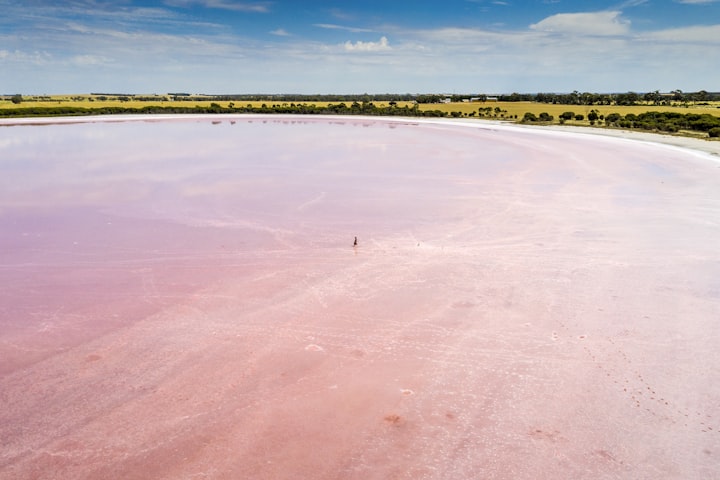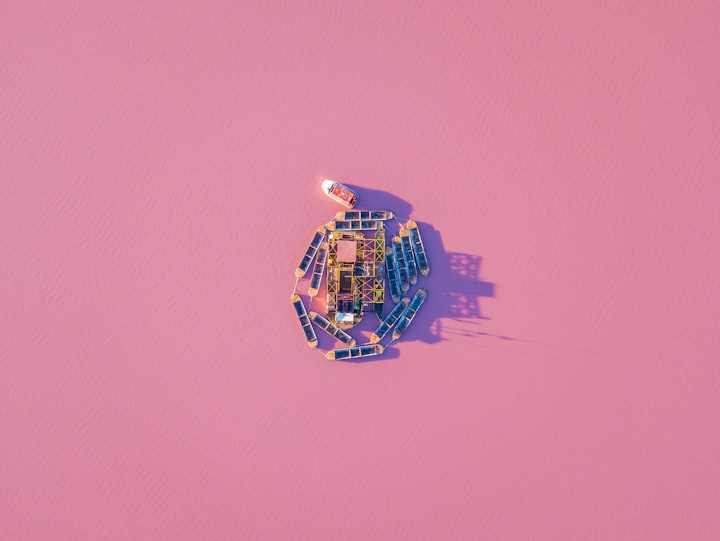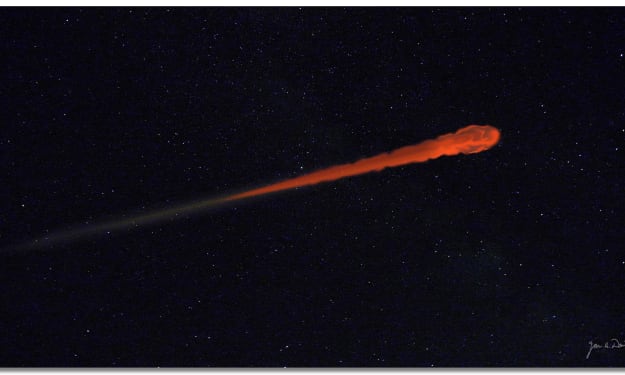Top 5 Pink lakes around the world - A spectacular sight
Sometimes bright bubblegum pink, sometimes lilac, and occasionally even red, the waters of Hutt Lagoon can be an extraordinary sight on the drive between Port Gregory and Kalbarri. Head out before sunset and watch the colours transform.

1. Torrevieja, Spain.

It took no more than a short search on the internet to discover that this strawberry milkshake coloured lagoon existed in Spain and corresponded to one of the lagoons of the Natural Park de las Lagunas de La Mata y Torrevieja.
Together, Laguna Salada de la Mata and Laguna Salada de Torrevieja form a nature reserve called Las Salinas de Torrevieja. It’s the perfect place for a bike ride or a leisurely stroll under the Spanish sun.
The Natural Park of Las Lagunas de La Mata and Torrevieja has 3700 hectares. The pink lake has 1400 hectares and the lake of La Mata has 700 hectares.
Nowadays, the salt of Torrevieja is exported to the world. The annual production of the salinas exceeds one million tonnes.
When we got to the lake the sun was shining and the water beautifully pink. But as the wind picked up and clouds started rolling in, the color of the water quickly changed from a vibrant pink to a very little appealing brown tone. So you would say that the best time to visit the lake is on a sunny, calm day. I’m also definitely going back for sunset the next time you are in Spain as you can only imagine how beautiful it will be with the reflection of a pastel-colored sky in the pink water.
The unusual pink color of the lake is caused by pigments of the Halobacterium bacteria and a micro-algae called Dunaliella Salina, both which somehow manages to live and thrive in very salty environments.
So does shrimp. Which is why up to 2000 flamingos can be seen here during the breeding season. Their feathers often turn to a fascinating shade of pink from feasting on algae-filled shrimps.
2.Las Coloradas Yucatan, Mexico.
Getting to this natural paradise is quite easy. This unique site is part of the Ría Lagartos Nature Reserve, a protected area located on the border of Yucatán and Quintana Roo, 250 km from Mérida and 150 km from Cancún. To get there by car from Mérida, take the Mérida-Motul road and follow the signs to Tizimín, a city located 50 km north of Valladolid, then head for Río Lagartos and continue for about 20 minutes to Las Coloradas. Travel time is approximately 3 hours.
Before becoming the ‘it destination’ of the travel bloggerati, Las Coloradas was just a sleepy fishing village on the Yucatán coast with a penchant for salt production that dated back to the Mayan period. The Mayans were the first to discover that the village was ideally situated for salt production, as a result of the flat salt plains that surrounded the nearby mangroves.
Huge salt evaporation ponds for sea salt extraction lie on this stretch of land, some of them showing peculiar colors due to micro organisms, like the pink lagoon Laguna Rosa.
While this “solar salt” production process is a natural one, the large pink lakes of Las Coloradas we see today were constructed by a company who produces salt on a much larger scale (500,000 tons per year).
The vibrant pink color of these lakes is due to red-colored algae, plankton, and brine shrimp that thrive in the salty environment. As the water evaporates, these organisms become more concentrated, glimmering pink in the bright Mexican sunlight.
Hidden away on the tip of Mexico’s Yucatan Peninsula is a magical place full of color. These stunning cotton-candy pink lakes filled with salt are called Las Coloradas.
3. Pink lake Melbourne.
Famous for its seasonal pink lake, Westgate Park in Melbourne offers a range of attractions and activities within close proximity to the city. Located along the eastern banks of the Yarra River under the Westgate Bridge, the park offers spectacular views to the mouth of the Yarra and the city skyline.
Conservationists explain that the water is more likely to turn pink during the warmer months when there is high salt levels, high temperatures, increased sunlight and low rainfall, but when the temperature cools and the rain return the lake will return to it’s previous clear-water state.
Most pink lakes are also saltwater lakes, in which only a few types of algae can grow and survive. One of these types is called Dunaliella salina, and with enough light and heat it produces a pink/red pigment that gives the water its hue. Interesting right! This is also why the colour can be best seen in summer months.
You can visited in April and it was still very pink!
4.Pink lake, Port Gregory. Hutt Lagoon. Western Australia.
Located to the south of Kalbarri, near the mouth of the Hutt River, Port Gregory is a scenic fishing village encircled by 5km of exposed coral reef. Originally developed to serve the Geraldine mine, the town is now a holiday destination for fishing and diving.
Port Gregory is the home of the Pink Lake called Hutt Lagoon.
The lagoon covers a whopping 70 square kilometres, tends to be at its pinkest in the mornings, and changes character according to the weather and the seasons.
In 2016, Australian supermodel Jennifer Hawkins was there for Australian department store Myer, while two years before that, fashion blog sensation Gary Pepper Girl was filming there for Lancôme.
Sometimes bright bubblegum pink, sometimes lilac, and occasionally even red, the waters of Hutt Lagoon can be an extraordinary sight on the drive between Port Gregory and Kalbarri. Head out before sunset and watch the colours transform.
Generally the best time to visit is mid-morning or sunset, and on a sunny day. Hutt Lagoon can be easily accessed by road along the George Grey Drive, between Geraldton and Kalbarri. It’s also a spectacular sight as part of a scenic flight.
5. Victoria's pink lake. Western highway, Dimboola, Australia.
Dimboola is the town just after the biggest town in Grampians National Park, Horsham.
Located in northwest Victoria, about four hours from Melbourne, is Lake Tyrell, Victoria’s largest inland salt lake. The lake covers approximately 208 square kilometres, and its salt is controlled mostly by weather changes. The basin of the lake is a metre deep in cooler and wetter months, but the water almost completely evaporates over summer. On rare occasions, the water at Lake Tyrrell can turn pink. The name Tyrrell comes from the Aboriginal word ‘tyrille’, which means sky or space.
During particularly wet and warm times of year, the water at Lake Tyrrell turns pink. This is because of the red pigment that’s secreted by pink micro-algae called red marine phytoplankton.
Lake Tyrrell, near Sea Lake, is Victoria's largest salt lake and attracts visitors from around the world as a site for star-gazing
About the Creator
Fluo & Pattern
Makeup artist, fashion/beauty blogger.
Journalist, editor and writer, and body painter of events and TV show.






Comments
There are no comments for this story
Be the first to respond and start the conversation.